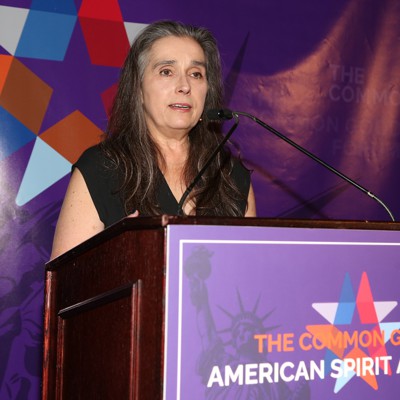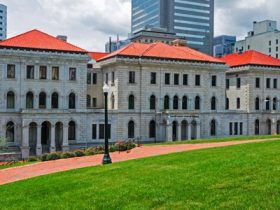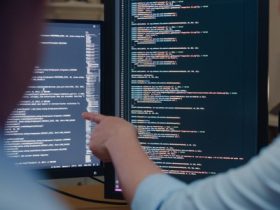President Trump’s spending freeze has halted various projects at national laboratories, including one focused on threats to the U.S. electrical grid, directors of four of the labs told lawmakers on Wednesday.
“We had one project funded under the Infrastructure Investment and Jobs Act supporting grid-resiliency activities. So this is a $7 million project where the funds were unallocated on Jan. 28,” Kimberly Budil, director of Lawrence Livermore National Laboratory, said at a hearing of the energy panel of the House committee on science, space, and technology, according to reporting by Nextgov’s Alexandra Kelley.
Dubbed Skyfall, the project is a cyber-physical testbed to help visualize and simulate cyberattacks and operation failures of U.S. electrical grids.
“This is a really important partnership for us, working with utilities and private-sector companies so that they can understand, in a real-world environment, how their different types of technology they’re introducing into the grid will operate in that system,” Budil said. “So I think this is critically important work.”
Skyfall also functions as a resource for students interested in careers in cybersecurity and cyber resiliency, she said.
The freeze has also halted another Lawrence Livermore program that helps the State Department with cooperative threat reduction, Budil said.
“This is about a $1 million effort as part of a program through Brookhaven National Labs’ Nonproliferation and National Security Department to do cooperative threat reduction work, where we have a long legacy doing things like capacity building, international support for things like nuclear forensics and understanding how to manage interdicted nuclear materials,” Budil said. “As far as I know, to date, it’s paused. We don’t know if it will be restarted at a later time.”
Much of the research at Lawrence Livermore concerns near-term energy technologies, Budil said, adding that her lab is at the forefront of seeking commercially viable fusion energy .
“In the near term, our researchers have been working hard to manage carbon in our environment,” she said. “So: how to make fossil-fuel-burning technologies cleaner, how to capture and store carbon, how to utilize oil and gas infrastructure after it’s been expended.”
Some work at Argonne National Laboratory is also on hold, its director told lawmakers.
“About $37 million in research activities have been suspended or put on hold,” Paul Kearns testified. “That represents the work of some 140 staff. Not all our staff are fully funded by the activity, so it equates to about 40″ full-time employees.
Los Alamos National Laboratory saw “limited” impacts, Director Thom Mason said: $200,000 of current funding and more pending funding could be in jeopardy.
And John Wagner, director at Idaho National Laboratory, said the funding changes had required “some time to implement” but didn’t cause major effects.
Whether the administration will restore funding to the national labs is unclear. Trump campaigned on promises to ensure U.S. energy production dominance and security, which are a major research areas for almost all of the national labs.
All four directors said they have had no contact with Trump’s Department of Government Efficiency, or DOGE, effort.
Mason said that the labs would comply with proper Energy Department orders to send internal information to DOGE.
“If contract direction was given and all the necessary requirements were met in terms of security and so forth, then we would certainly comply with that direction,” he said.
The 17 national laboratories operating within the U.S. are overseen by and funded through the Department of Energy, primarily through reviewing research proposals for funding opportunity announcements. Two bills passed during the Biden administration — the Inflation Reduction Act and the Infrastructure Investment and Jobs Act — added funds for national lab work. Both bills and their funding provisions have been caught in Trump’s spending freeze.
Rep. Deborah Ross, D-N.C., said she hopes to restore funding for Lawrence Livermore’s projects in a “bipartisan way.”
Read the full article here







Leave a Reply